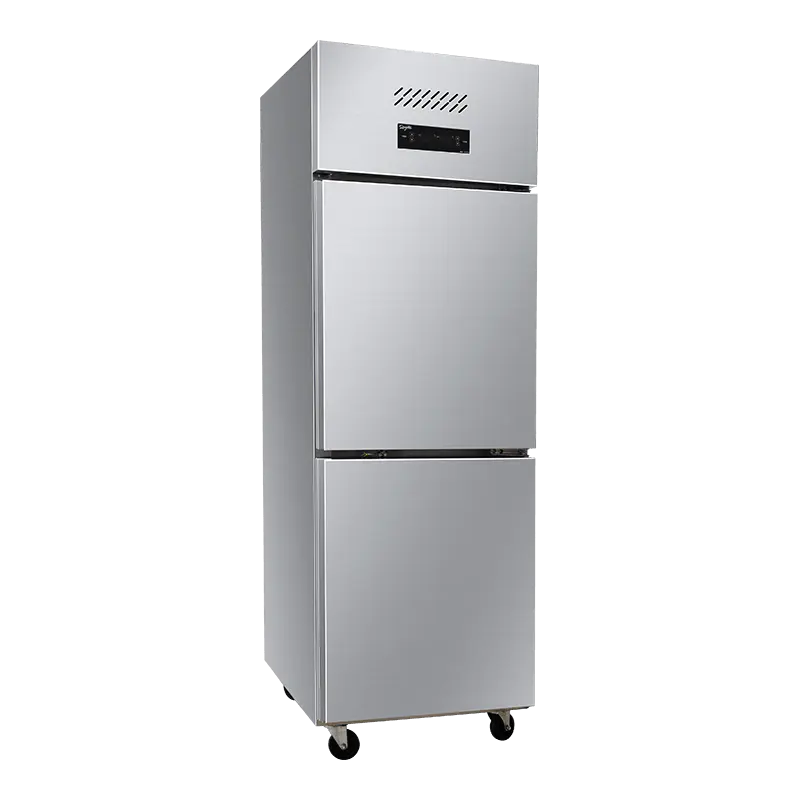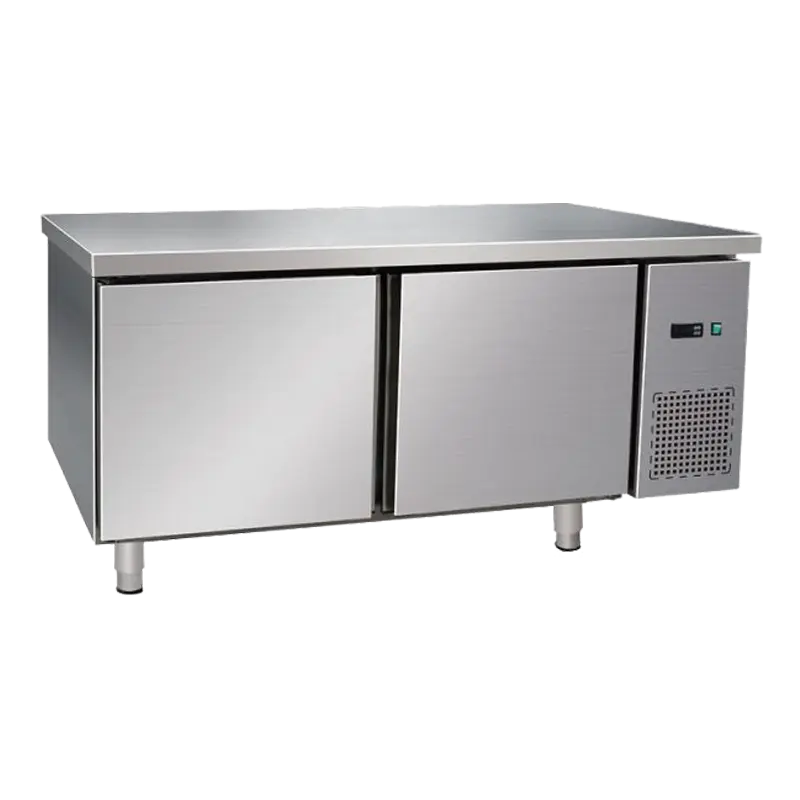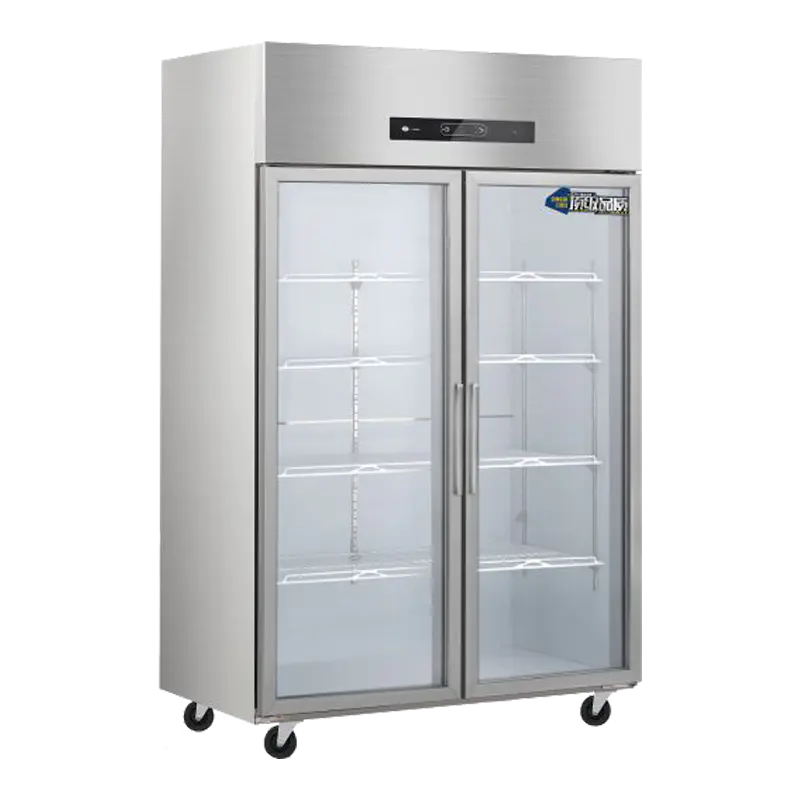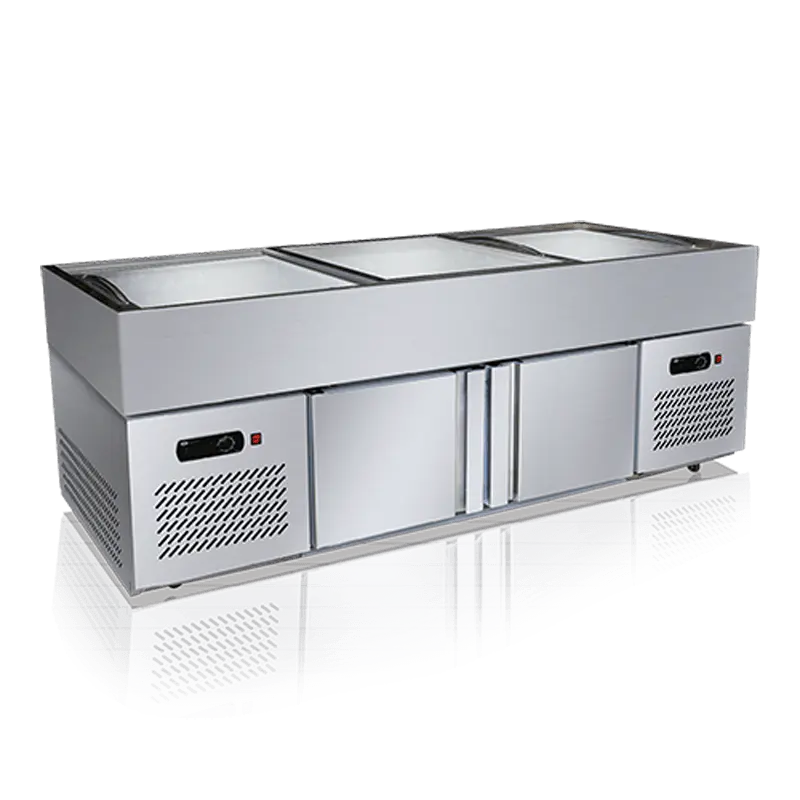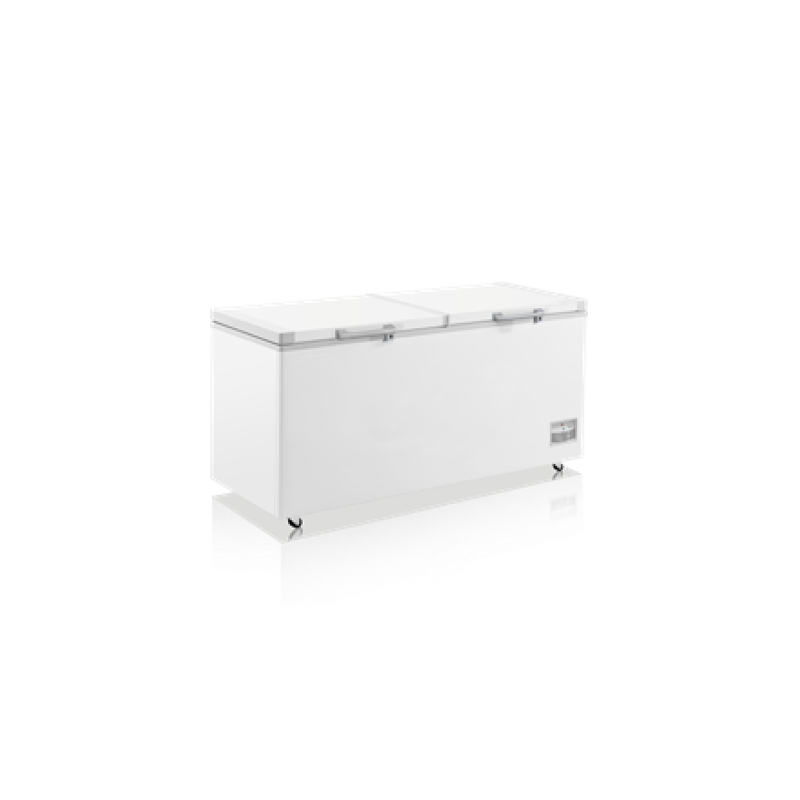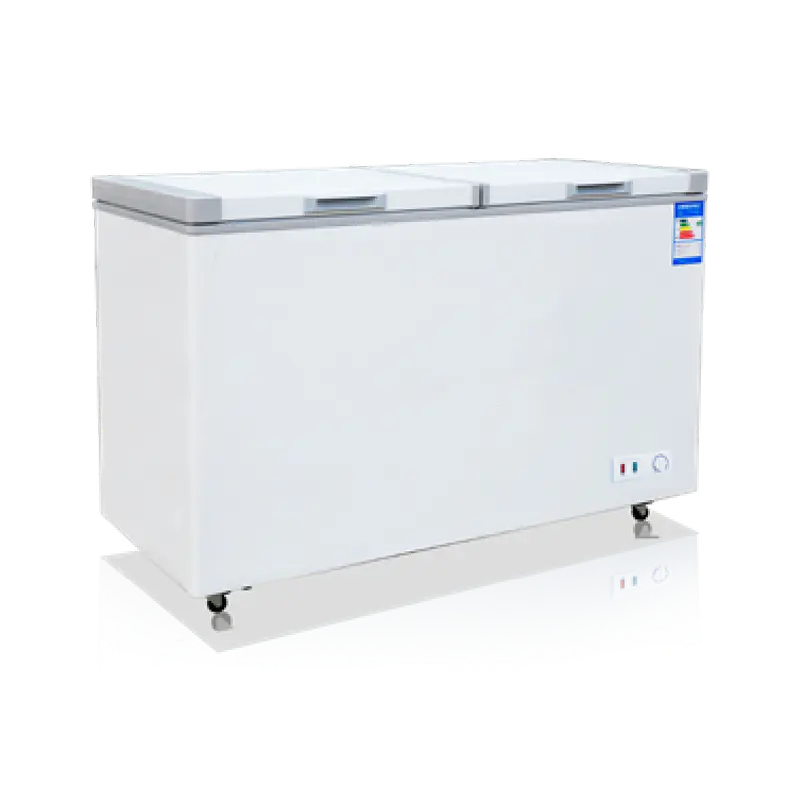Bacterial growth is one of the primary concerns in long-term food storage, especially in commercial applications where food safety compliance is not negotiable. Commercial chest freezers play a vital role in this process by combining advanced temperature control with thoughtfully engineered internal structures that significantly slow or inhibit microbial activity. Their ability to maintain ultra-low, consistent temperatures is the most critical factor. Bacteria generally cannot thrive below -18°C, and well-designed commercial freezers consistently operate below this threshold, reducing spoilage risks and ensuring that stored food remains safe and usable for extended periods.
Temperature stability is only part of the story. A commercial chest freezer uses insulation foam with higher density and increased thickness to reduce thermal fluctuations, even during power interruptions or frequent door openings. These fluctuations, if left unchecked, can lead to micro-thawing events that compromise the cellular integrity of frozen products and create ideal pockets for bacteria to grow once the food is thawed. Advanced insulation reduces this risk by minimizing heat intrusion and helping the interior recover temperature quickly after each use. This performance standard is particularly essential in commercial kitchens and storage facilities with high daily usage.
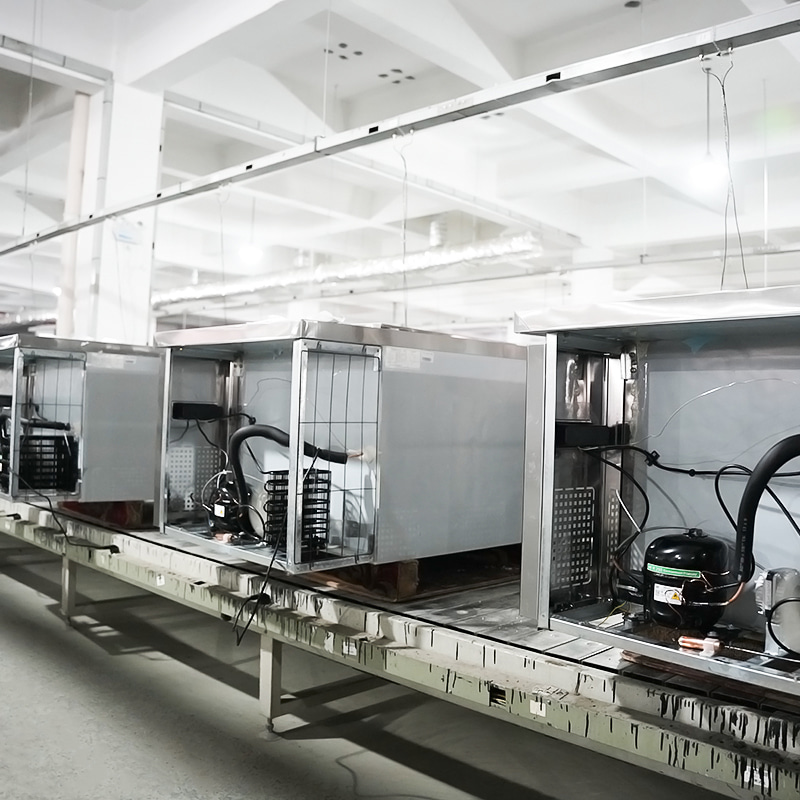
Another unsung feature is the stepped door seal design found in many modern commercial chest freezers. This multi-layered sealing method helps to create a tighter closure, minimizing warm air ingress that could lead to condensation—a major contributor to bacterial and mold proliferation. By controlling both the entry of external air and the retention of cold internal conditions, this seal design directly supports food safety. Fewer temperature spikes and less moisture buildup mean a far less hospitable environment for microorganisms.
Internal surface materials also matter more than most realize. Many commercial chest freezers are manufactured with antibacterial or easy-clean liners, which not only resist microbial attachment but also allow for more effective sanitation routines. Smooth, non-porous inner chambers prevent residue from accumulating in hard-to-clean seams, reducing the time needed to maintain hygiene compliance and making daily maintenance more efficient for staff. This practical detail contributes significantly to keeping bacterial risks in check without burdening the end user with complex cleaning procedures.
Airflow management within the compartment is another design consideration that supports bacterial inhibition. Some models use strategic venting patterns or fan-assisted cooling to maintain even cold distribution. Uneven freezing can lead to temperature stratification where certain areas are more prone to warming, which is especially dangerous when perishable goods are tightly packed. A well-calibrated airflow system ensures that every item, from the top layer to the bottom, receives the same cooling intensity, maintaining a uniformly safe environment for storage.
Additionally, the reduction of frost through smart defrosting mechanisms plays a supporting role. Excess frost can trap warm air against certain surfaces or create uneven insulation barriers, inadvertently allowing local temperature variations. By limiting frost buildup, commercial chest freezers maintain their performance edge and avoid the conditions that might otherwise encourage bacterial hotspots. Manufacturers that implement low-frost or frost-free technologies offer a real benefit here, especially in foodservice settings where freezers are often filled to capacity.
Commercial chest freezers are more than just storage boxes—they are engineered systems designed to uphold safety, efficiency, and peace of mind. For businesses that depend on reliable preservation, such as restaurants, laboratories, or cold chain logistics providers, investing in a freezer that not only keeps products cold but actively discourages bacterial contamination is essential. As a professional manufacturer committed to performance and reliability, we design our freezers to meet these exact needs, helping our clients stay focused on quality and safety without compromise.


 English
English русский
русский Español
Español عربى
عربى

